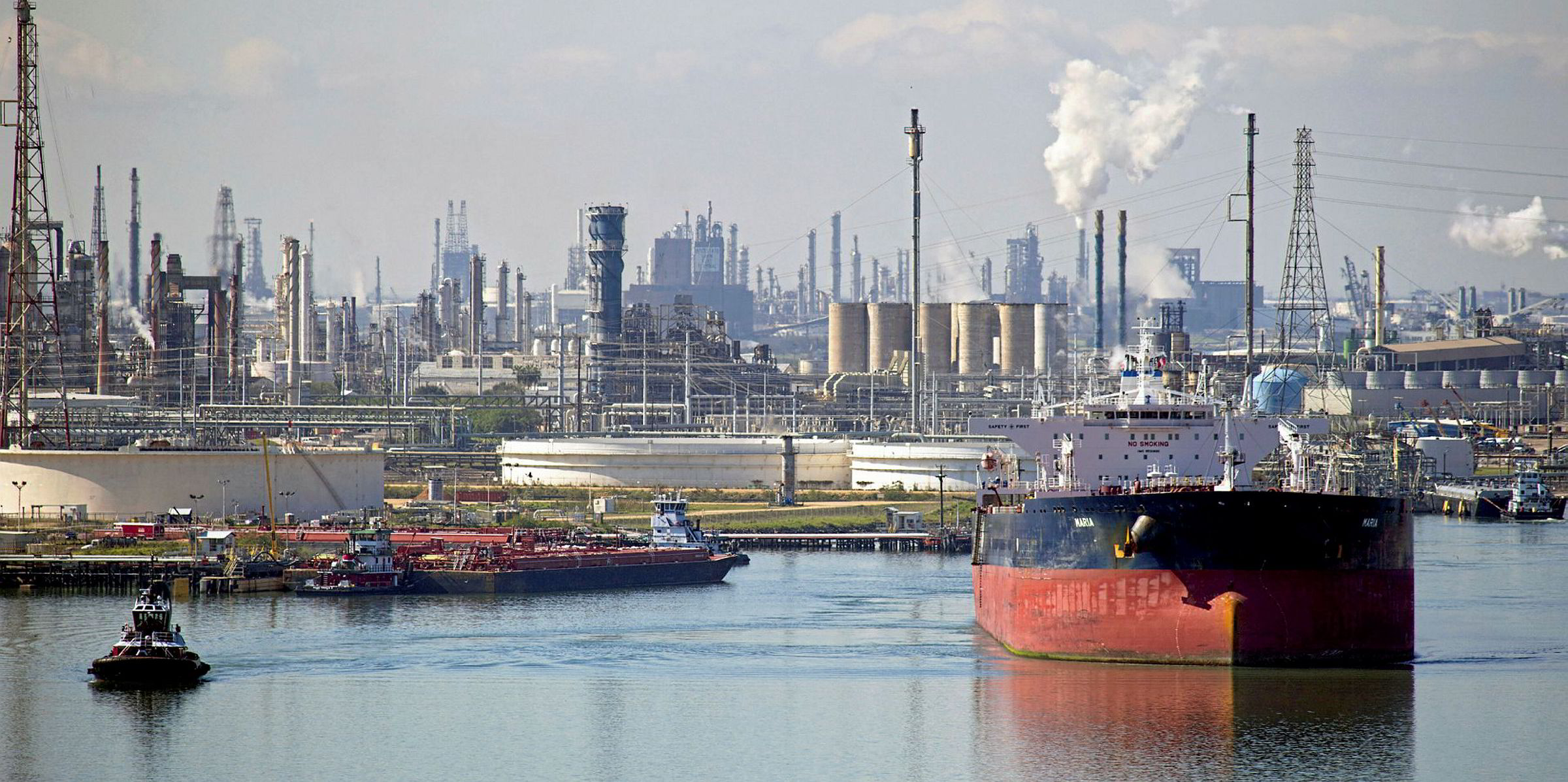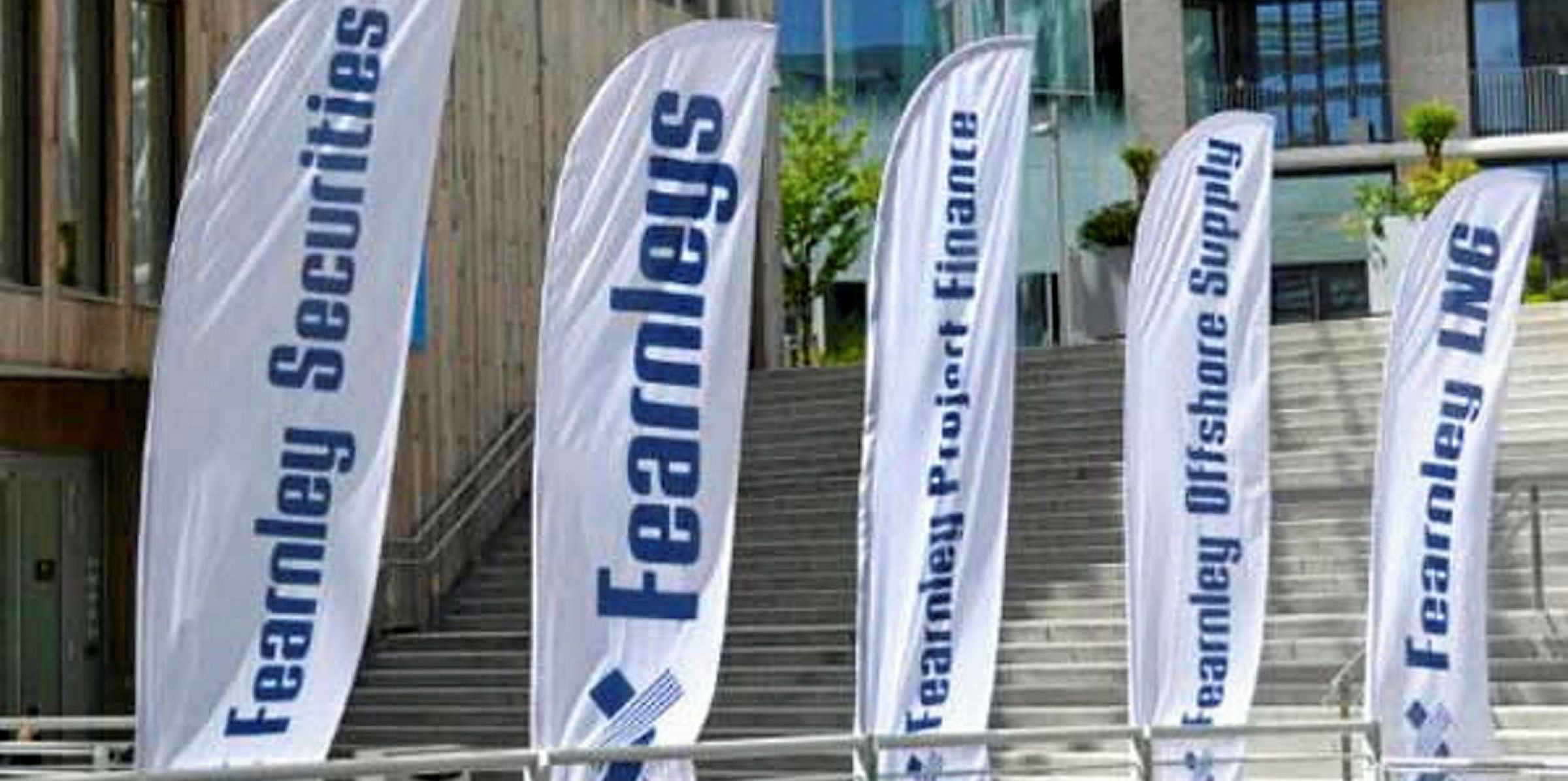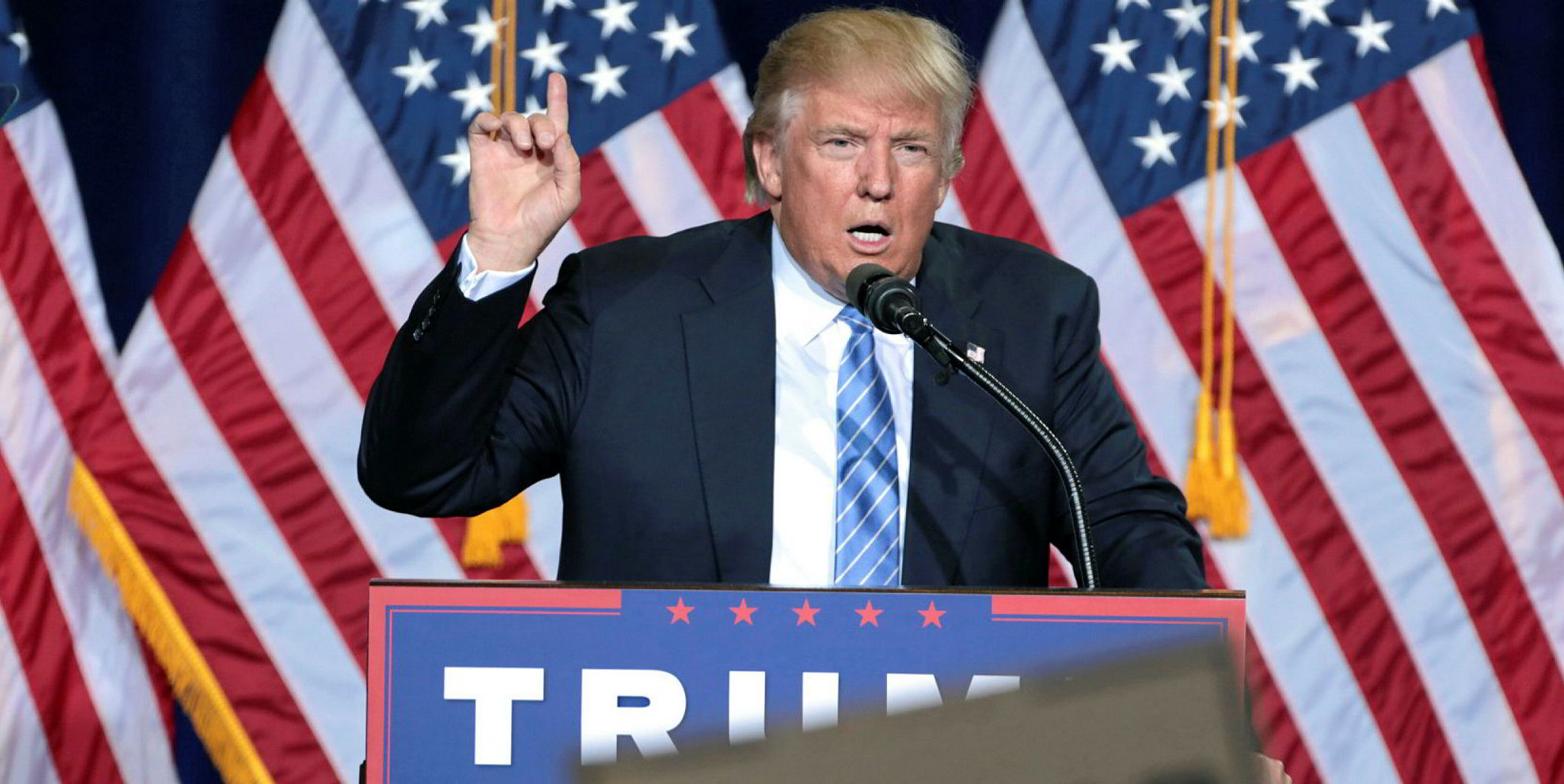Rising energy exports suggest the US is the land of opportunity for shipowners in both the tanker and gas markets.
A spike in output from major shale players is forecast to drive demand for up to 50 extra VLCCs and a similar number of VLGCs, according to fresh research.
Escalating US crude tanker shipments helped power the VLCC market in the early months of 2019 and forecast production increases until 2025 bode well for the market, financial services company Kepler Cheuvreux said.
Petter Haugen, Kepler’s head of shipping research, said US liquid production is projected to rise to 25 million barrels per day by 2025. That translates to an additional 1.5 million barrels per day coming onstream every year.
He added that around 50 extra VLCCs are required for each one million barrels per day of crude heading from the US to Asia, double the number required to absorb the same volume from the Middle East to Asia.
“So, even if one believes US growth only will happen at the cost of Middle East exports — ie, global oil demand is flat — one would still need around 25 more VLCCs each year,” he said in a report.
“However, if one assumes that global oil demand will be growing at about 1% per annum for the next years [in line with the International Energy Agency, the US' Energy Information Administration, Opec and most others] and that this will predominantly be covered by US production [and export], that would imply an annual demand increase of about 50 VLCCs.”
Exports 'the front-haul of the trade'
Haugen noted that this figure compares with the 80 VLCCs presently on order for delivery until 2021.
He added: “The big difference going forward compared with the first 10 years of the US shale revolution is this: from now, increasing US production will result in increasing US crude exports, and not a decrease in imports, and the export leg has now become the front-haul of the trade,” he said.
It is not just VLCCs that will be in demand to export US products. German investment manager Notos Group calculates that the US needs another 50 VLGCs in the next two years.
It worked out that at least 400 million barrels will be exported from the US this year and a further 525 million barrels will be shipped in 2020, which is significantly more than expected at the start of the year.
That is partly due to last week's announcement by Enterprise Products Partners that it would increase export terminal capacity in Houston by 260,000 barrels per day until the third quarter of 2020.
This implies additional exports of 65 million barrels this year and another 94 million barrels by the end of 2020.
“These additional US exports alone will increase demand for VLGCs by 20 vessels in 2019 and another 30 vessels in 2020,” Notos said.
It explained that the orderbook of 42 vessels to 2021 shows that the market is “quite balanced".
Spot rates for VLGCs reached $30,000 per day in the third quarter of 2018 but dropped due to export constraints and soft demand in Asia. They have since increased substantially to nearly $70,000 per day.
Notos said some forecasts for LPG earnings may be too conservative, adding that current forward curves hint at a stable spot rate environment for the next 18 months.







